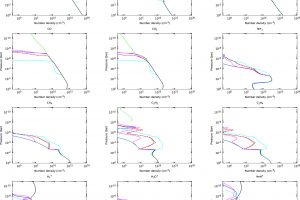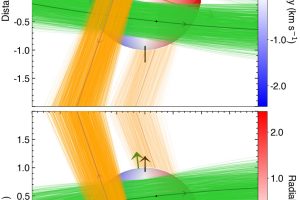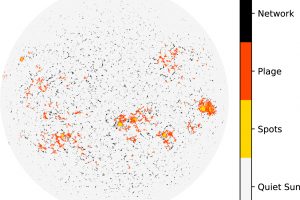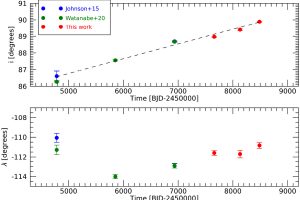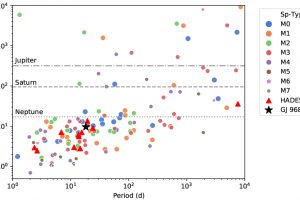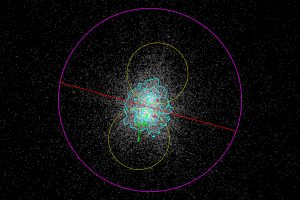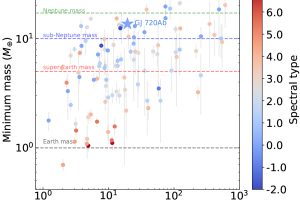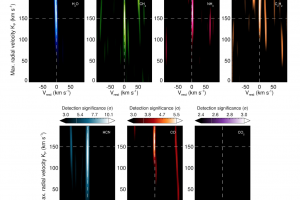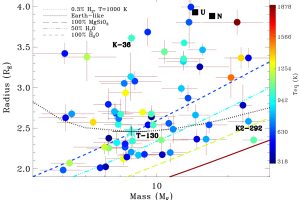Photoevaporation in young planets. The study: “New Constraints on the Future Evaporation of the Young Exoplanets in the V1298 Tau System” of A. Maggio (INAF – OAPA) recently appeared on ApJ
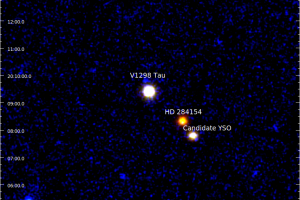
The search for young exoplanets is crucial to our understanding of the planetary formation process and the early evolution of planets. The disc of gas and dust from which planets form, in fact, typically disperse in a few million of years. Before that, the young planets interact with all the material orbiting around the star within the disk, triggering important
» Read more
